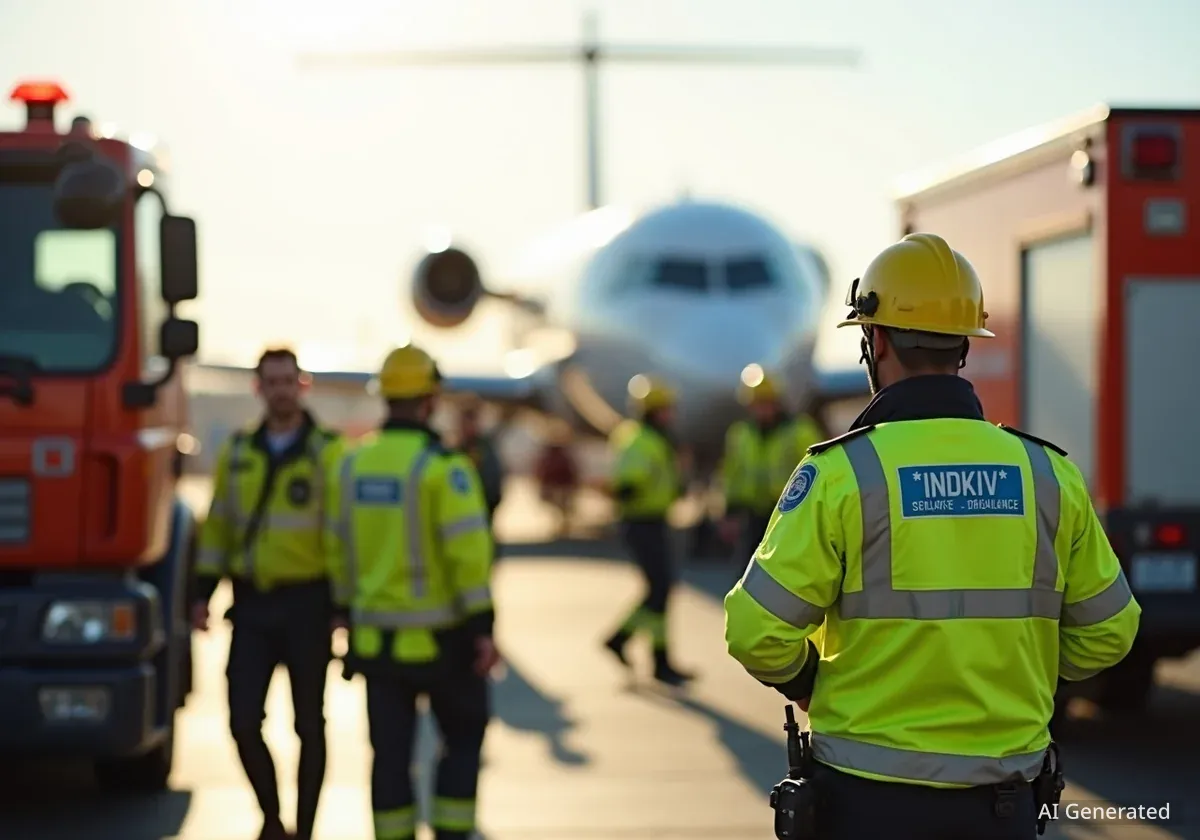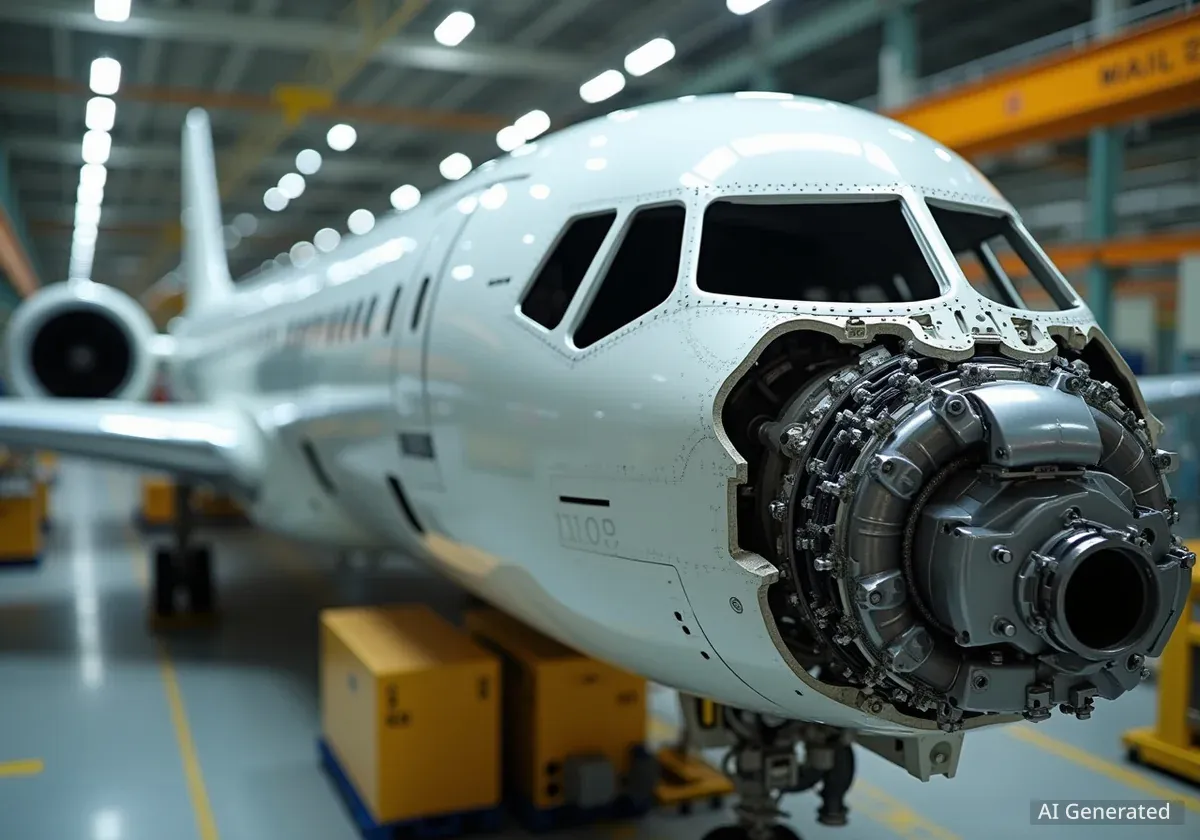Hawaiian Airlines is preparing for a significant operational change. The airline will soon complete its final flight under its own operating certificate before fully integrating with Alaska Airlines. This transition marks the end of an era for Hawaiian Airlines as an independent operator.
The integration process involves several steps, including flight renumbering and the eventual consolidation of booking systems. Regulators are expected to issue a single operating certificate (SOC) by late October, allowing both airlines to operate under one unified system.
Key Takeaways
- Hawaiian Airlines will operate its final flight under its current certificate soon.
- A Single Operating Certificate (SOC) is expected by late October.
- Flight renumbering began on October 26 to align schedules.
- The Hawaiian Airlines code (HA) will gradually disappear by April 2026.
- This merger is the largest airline integration in a decade.
Transition to a Unified Operation
The move to a single operating certificate is a crucial step in the merger between Hawaiian Airlines and Alaska Airlines. This certificate will allow both carriers to streamline their operations under one regulatory umbrella. The target for receiving this certificate is late October.
Before the full issuance of the SOC, Hawaiian Airlines began renumbering its flights on October 26. This initial step aims to align flight schedules and prevent any overlaps that could cause issues. It is a visible sign of the airlines moving towards unified operations.
Important Dates
- October 26: Flight renumbering for Hawaiian Airlines began.
- Late October: Expected issuance of the Single Operating Certificate (SOC).
- April 2026: Projected timeframe for the Hawaiian Airlines (HA) code to disappear.
The Final Flight and Its Significance
The last flight to operate under Hawaiian Airlines' original certificate will be flight HA 866. Following this, the first post-integration service will operate as AS 2604, once the Single Operating Certificate is fully active. This specific transition highlights the shift in operational control.
There is a unique detail regarding the timing of this change. According to operational notes in Airways Magazine, if Hawaiian Airlines Flight HA 866 experiences a delay of more than 90 minutes, the SOC will officially take effect during its operation. This would cause the flight to be renamed under the Alaska Airlines callsign while it is still in the air.
"The final flight to operate under the original Hawaiian Airlines certificate will be HA 866, followed by the first post-integration service, which will operate as AS 2604 once the single operating certificate (SOC) comes into effect in full form," states an operational note from Airways Magazine.
This "one-day rule" is designed to maintain orderly schedules during the cutover period. It ensures a smooth transition as the carriers move towards operating all aircraft with Alaska codes by 2026.
Strategic Reasons for the Merger
The full integration of Hawaiian Airlines into the Alaska Air Group is a complex undertaking. It requires significant effort from both airlines. Alaska Airlines initiated this acquisition to expand its market position within the industry.
A key motivation for Alaska Airlines was to use Hawaiian's long-haul aircraft fleet. This includes its existing planes and upcoming orders for Boeing 787 models. These aircraft are crucial for Alaska's plans to expand into global markets.
Alaska Airlines has already started transpacific flights from its Seattle hub. The airline also plans to add flights to Europe from Seattle. The merger with Hawaiian Airlines supports these international expansion goals.
Merger Background
This integration represents the largest airline merger in the last decade. Multiple major investment banks provided financial advice during the deal. The merger has attracted considerable investor attention, with many showing optimism about Alaska's future prospects after the integration concludes.
The Department of Transportation has already approved the transfer of Hawaiian Airlines' certificate to route authorities. This clears necessary regulatory hurdles for the transition to proceed. While challenges remain, both airlines are progressing toward operating under one unified system.
What Comes Next for the Airlines
As Hawaiian Airlines and Alaska Airlines move towards operating as two distinct brands within a single airline ecosystem, several key developments are expected. These changes will impact customers and internal operations.
One major upcoming change is the rollout of Atmos Rewards. This will be the joint loyalty program for both carriers. A unified loyalty program aims to offer more benefits and flexibility to passengers across both networks.
Additionally, the two carriers will continue to integrate their leadership teams. This ensures consistent management and operational strategies across the combined entity. Product offerings and ticketing systems will also be streamlined. This process will make it easier for passengers to book flights with either airline.
- Loyalty Program: Rollout of the joint Atmos Rewards program.
- Leadership: Continued integration of management teams.
- Systems: Streamlining of product offerings and ticketing systems.
- Operations: Full regulatory integration under one operating certificate.
The complete regulatory integration under one operating certificate is the final major step. This will enable Alaska Airlines to operate services under its own name from Seattle-Tacoma International Airport (SEA) to various global destinations, leveraging Hawaiian Airlines' previous capabilities and future aircraft.





